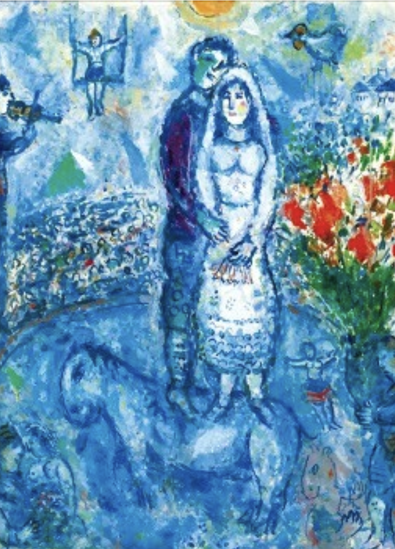The circus & the painters A circus painting is a type of artwork that depicts a circus or carnival scene. These paintings typically feature colorful and lively imagery that captures the excitement and energy of a circus performance. The subject matter may include acrobats, clowns, animals, and other performers, as well as the audience and the surrounding environment. Circus paintings have been created by artists throughout history, with notable examples including the works of Georges Seurat, Henri de Toulouse-Lautrec, and Pablo Picasso. These paintings can be created in a variety of styles, from realistic to abstract, and can be executed using various mediums, such as oil paint, watercolor, or mixed media. In addition to being visually striking, circus paintings can also serve as a commentary on the human condition, exploring themes such as joy, fear, and the relationship between performer and audience. They can also evoke a sense of nostalgia for a bygone era, as circuses have undergone significant changes in recent years, with many countries banning the use of animals in circus performances. Miss Lala at the Fernando Circus, 1879 Lara showed her strength and agility in the Circus Fernando, which began in 1875 north of Paris. The circus was a popular venue for artists. Degas was particularly captivated by Lara's captivating performance, and in January 1879 he painted a picture of her successful one night. Painted in pastels, this painting is an important study of oil studies of Lara's performances and is now in the National Gallery, London. Reference: https://m.blog.naver.com/PostView.naver?isHttpsRedirect=true&blogId=iaty&logNo=221472823288 Chagall believed that the true spirit of art lies in love. He saw marriage as the completion of true love. Marriage and Circus, which Chagall produced in his later years, is also a representative work based on the love he had been obsessed with throughout his life. Using subjects such as the bride and groom, colorful bouquets, an acrobat riding a trapeze, and a musician playing the violin, pure love was captured with a unique surrealistic sense of beauty. Nostalgia for hometown is metaphorically expressed as a violinist, and longing for a utopia is metaphorically expressed as a bouquet of flowers. Marc Chagall is said to have been influenced by Cubism, but more specifically, he was influenced by Orphism. Orphism is also called Orphic Cubism (Cubism) as a branch of Cubism represented by Delaunay. Originally, orthodox cubism, centered on Pablo Picasso or Georges Braque, focused more on geometric composition than color because the main purpose was to analyze objects and realize three-dimensional objects on a flat surface. In response to this, Orphism developed the theory of complementary colors of Impressionism and drew all the colors of the spectrum to the screen to pursue a colorful screen composition based on musical rhythm. French painter Georges Seurat (1859-1891) scientifically systematized the Impressionist painting method and left a great mark on the European art scene with his pointillism technique that utilized small dots of color leaking through the prism of light.
The Circus is the last work of Neo-Impressionist painter Georges Seurat. Beginning work in the summer of 1890, it was introduced to the public at the Independent Artists' Exhibition held on March 20, 1891, nine days before Seurat's death. He was dealing with modern life in trivial places of everyday life rather than grandiose and historical things, and his leisure life, such as sightseeing and entertainment, was described in much more detail than before. The circus Seurat drew was the Medrano Circus, which was famous in Paris at the time, and it was a troupe that not only Seurat but also famous painters of the day, such as Edgar Degas and Toulouse-Lautrec, used to be inspired by.
0 Comments
Leave a Reply. |
Myungja Anna KohArtist Categories
All
Archives
July 2024
|
Proudly powered by Weebly





 RSS Feed
RSS Feed